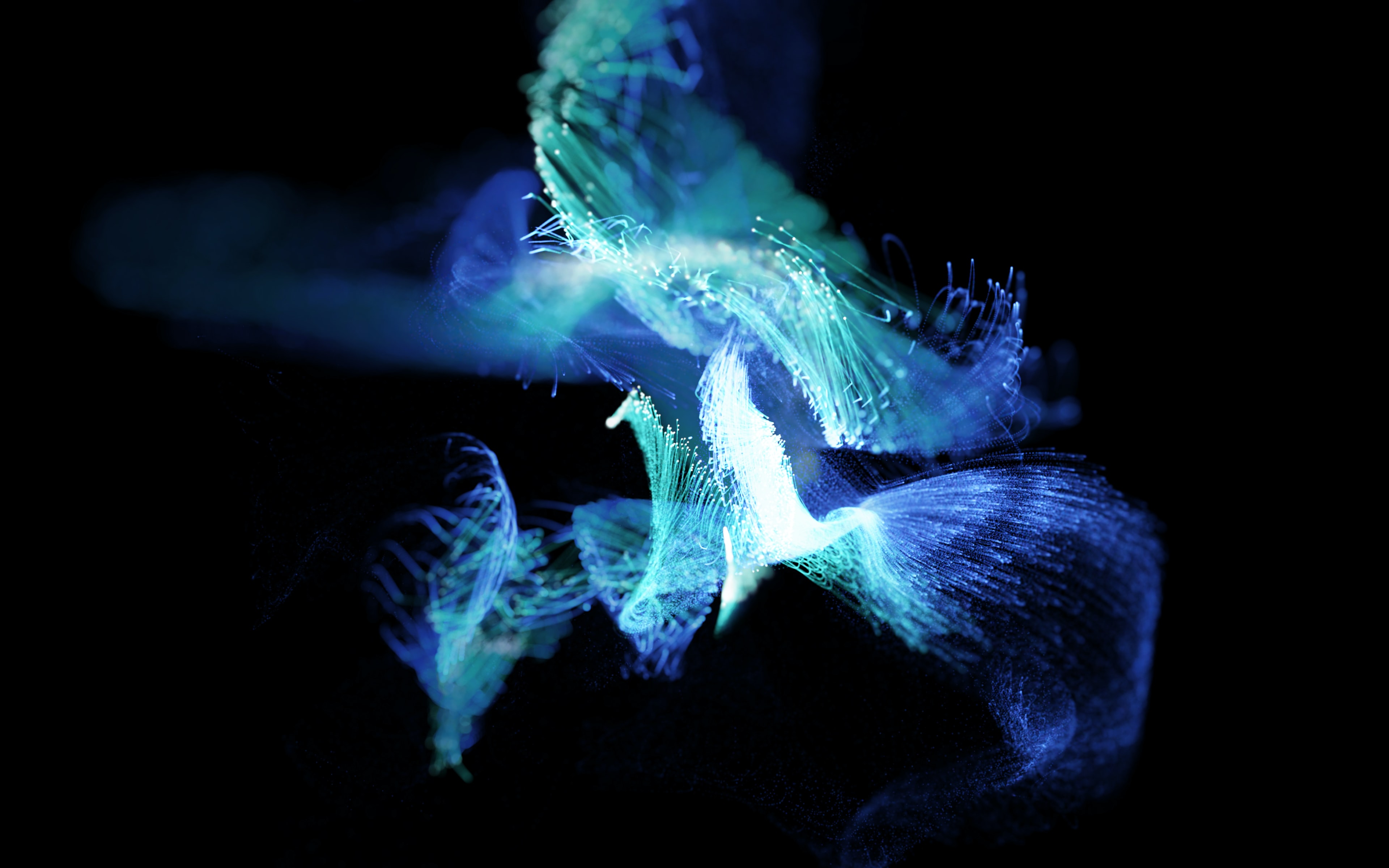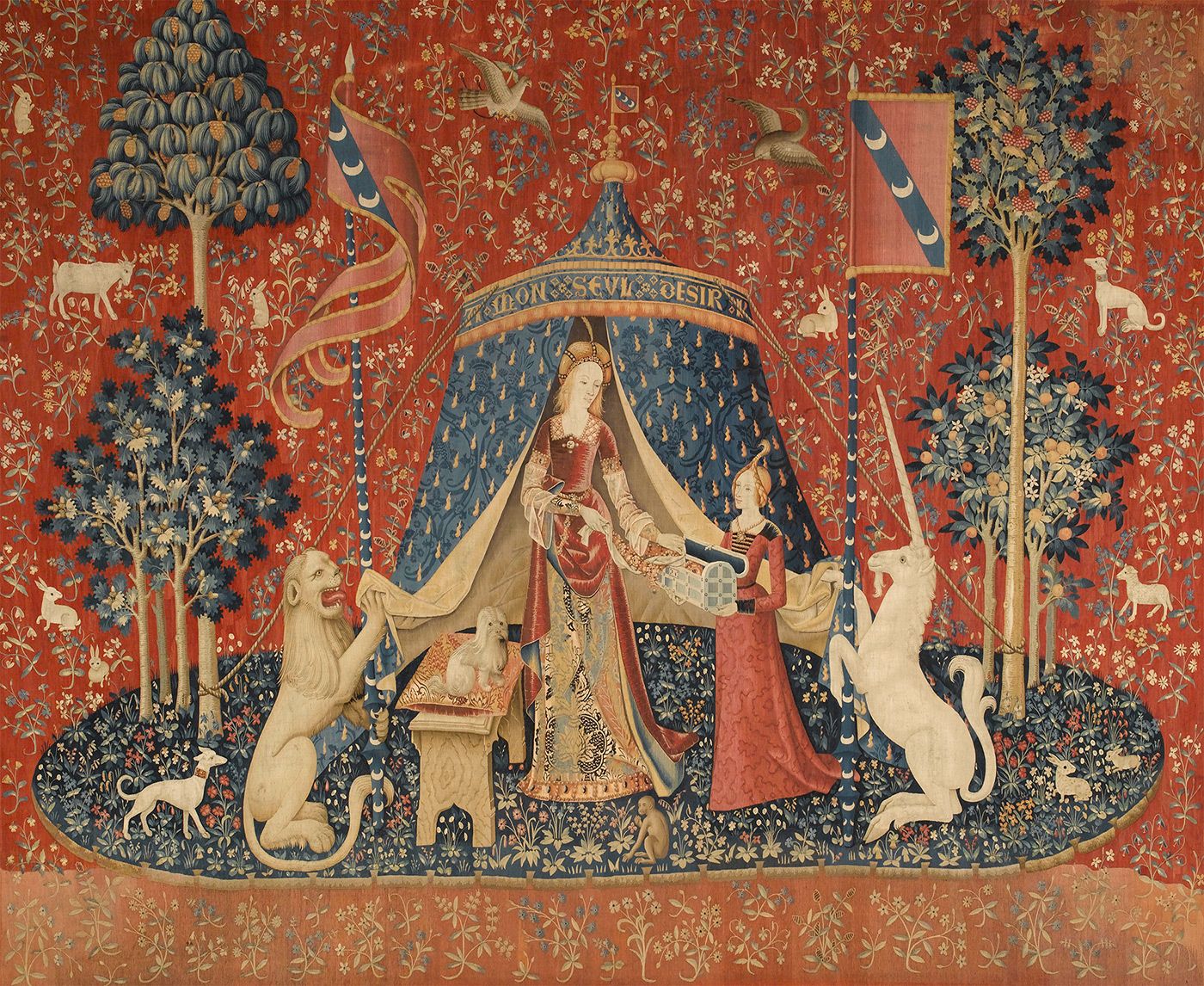
Holography is a dream come true, which artists have fantasized about for centuries. At the turn of the 1960s and 70s, when technological advancements enabled the creation of three-dimensional holographic images, there was the whiff of an artistic revolution, the greatest one since the invention of photography in the 19th century. Yet, the revolution never happened and it leaves one wondering why.
People carry holograms with them every day. At least, those who use credit cards do—a small holographic image is one of its basic security features. The technology is used for reading barcodes in stores, and there is even a holographic principle, according to which the universe is… one huge hologram. Only an expert in physics could explain the exact details, but the important thing is that supposedly the proposition helps overcome the contradictions between scientific notions about the nature of the universe on a micro and macro scale. In other words, it reconciles the theory of relativity and quantum mechanics, which is no mean feat. If the universe is an enormous hologram, it’s odd they’re so rarely encountered in galleries, and that instead of admiring these unique images in museums, they usually only appear on credit cards.
An Object in Amber
The classic hologram resembles an object submerged in amber, only there’s no amber and no object. There is only its three-dimensional phantom: the perfect representation of a spatial mass embedded into a flat surface. Of all the techniques used in image creation, holography is the most magical; the one most reminiscent of summoning spirits.
Holography implies the notion of an image that is total, devoid of compromise. The name speaks for itself: holos is Greek for “whole,” grapho refers to writing and drawing. The promise of this technique is to “draw everything,” and what that means exactly requires a scientific knowledge of the physics of waves. Polish Wikipedia states:
“Holography involves the three-dimensional recording of an image of a subject (object). As a technique it exceeds photography: while traditional photography only records amplitude modulation, holography also registers the phase changes of the light wave. This allows us to obtain much more information about the photographed object…Image registration (obtaining a hologram) involves recording (for example, on photographic plate) the interference of a wave scattered by an object with an undisturbed wave (the so-called reference beam). […] To obtain a hologram, a laser beam must be split into two, using a glass beam splitter. The first part (the illumination beam) lights up the object, after reflecting from which it falls onto the plate, while the other part (the reference beam) falls on the plate directly, or after being reflected from a flat mirror that directs it toward the plate.”
The nature of holography can also be described in other, slightly more approachable words. Creating representations of reality is one of the foundations of culture. Prehistoric caves provide irrefutable evidence of this claim. Since the dawn of time, imaging reality has been one of the most fundamental processes used by humans to conceptualize, understand and dominate the world. To fulfill this need, a basic contradiction needs to be overcome, that the world is three-dimensional, while images have two dimensions. Had this not been confronted, sculptures would be the primary method of documentation, and this, naturally, presents problems. Sculptures are heavy, they take up space, and matter offers physical resistance to imagination. Above all, people want to create an image of reality, not rebuild it from scratch as its representation in clay, stone or wood.
From Science to Art
Artists have helped bridge the gap between three-dimensional reality and two-dimensional images for millennia. One recalls Zeuxis the Greek as he improved representational painting through developing new techniques in the 5th century BCE. Methods like perspective, chiaroscuro, trompe l’oeil, one-point and aerial perspectives are only some of the other ways of creating a sense of space on a flat surface.
All the painterly methods for working with three-dimensionality have a common denominator of being based on optical illusions. The revelation of holography is that, strictly speaking, it’s not a trick of the eye. Of course, the object depicted doesn’t actually exist within the hologram, but with this technique, light really is recorded in three dimensions. In other words, when looking at a hologram, it doesn’t just seem to be a three-dimensional image, it actually is one.
One might say that we already have photography, after all. However, there is a fundamental, if subtle, difference from holography. A camera is ultimately nothing more than a mechanical duplicate of the human eye. The light coming through the lens represents the shadows of reality on film, in the same way that it does on the retina. In holography, neither lenses nor shadows are used, rather light waves are frozen onto a flat surface.
Harnessing light waves to create three-dimensional imagery on a flat surface is one of humanity’s greatest achievements in the field of image-making. To a large extent, this is owed to Polish physicist, Mieczysław Wolfke. He belonged to a generation of great minds who, in the first half of the 20th century, revolutionized science and laid the foundation for the technologically-advanced world of today. Born in Łask in 1883, Wolfke was twelve years old when he wrote a dissertation on interplanetary travel via jet propulsion, which, of course, did not yet exist. At age seventeen, he invented the telectroscope—a device for transmitting images remotely, a prototype of the television. Wolfke’s habilitation thesis was reviewed by Albert Einstein himself and by 1920, he had worked out the fundamentals of creating holograms. However, the state of technology at the time did not allow him to transform theory into practice, so he turned his attention to other problems. Creating holograms finally became possible in the 1960s, due to the development of laser technology. One of Wolfke’s intellectual descendants was the Hungarian physicist Dennis Gabor, who was awarded the Nobel Prize for his achievements in the field of holography in 1971.
At the turn of the 1960s and ’70s, holography also entered the art world. The first creative giant to take up the challenge of the new medium was an elderly Salvador Dalí. Already in 1972, this legend of surrealism presented an exhibition of holograms in New York, including a three-dimensional portrait of the controversial rock musician Alice Cooper. Other luminaries, such as the viceroy of pop art Roy Lichtenstein, conceptual artist John Baldessari, the master of light art James Turrell, and sculptor Louise Bourgeois. None of them, however, engaged with the technique for long.
Holograms have had a more substantial career in the commercial gadget market than in galleries. They are even more successful in science fiction movies—R2-D2 famously projects an animated hologram of Princess Leia calling for Obi-Wan Kenobi’s help in 1977’s Star Wars: A New Hope. Still, they are most highly valued by science as they have applications in medicine, particle physics, microscopy, and, last but not least, data storage—it’s hard to beat the amount of information that can be encoded in a hologram. Interestingly, although there are niche galleries specializing in holography around the world, its largest and best collection today is at the global temple of science, Massachusetts Institute of Technology (MIT).
Creating Truth
Artists are reluctant to make use of the miracle that scientists have given them. The machinery at the hologram lab at the University of Fine Arts in Poznań looks a little like a small hadron collider. Creating holograms is a technical challenge, but these difficulties do not account for everything. Artists are willing to undertake more laborious and complex projects—like Christo and Jeanne-Claude, who wrapped 200 foot-wide fabric around the coastlines of islands. Another reason could be the development of other technologies. Before artists could delve into the possibilities of holography, other new, exciting, and often easier-to-use “toys” became available. These offered access to the three-dimensional world, such as 3D digital animation, and virtual and augmented reality.
However, there is another hypothesis. Holograms look like specters, but paradoxically carry real and indisputable data of light capturing an object at a particular moment of space-time without illusion, without lenses, and with no margin for manipulation. There is an enchanting truth within holograms. That is why they arouse such enthusiasm from science, while possibly being the very reason the art world treats them with reservation. After all, it is the domain of art for the creation of truth, rather than its discovery.
Translated from the Polish by Marta Dziurosz









